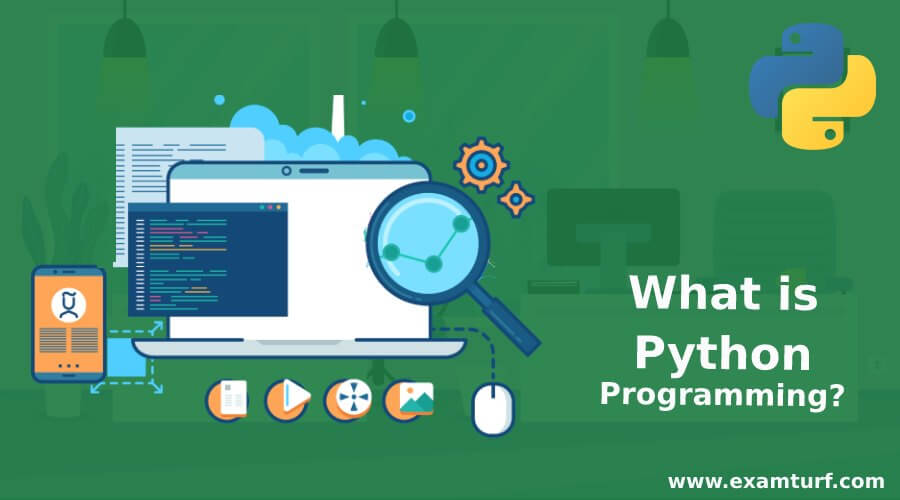
Introduction To Python Programming
Python is a high-level, interpreted object-oriented programming language with built-in data structures, joint with active typing and active binding which is helpful for Rapid Application Development and also used as a scripting language to combine accessible workings. Python is a simple language that is helpful to learn easily and reduces the cost as well. It supports various modules and packages and it has an extensive library that is available freely as a binary form and freely distributed. Many programmers love to work in Python because its productivity is high and is not having a compilation step and also the edit-test debug cycle is very fast.
Key Takeaways
- Python is a high-level, interpreted, simple, open-source, and scripting language.
- Python programming is used in many organizations, for example, python is the main primary language in google.
- Python class is a blueprint for an object.
- For beginners, Python is the best choice to learn.
What Is Python Programming?
- Python program is generally known as a scripting language that is used for the development of a prototype, website coding, write code for the applications, image processing, analyzing the scientific data, etc. Python is a high-level Open-Source Programming language used for general purposes and it was used widely compared to other languages like JavaScript, Ruby, etc.
- Python support all operating system such as Windows, Mac, and Linux. Python is worked three to five times fastly compared to other languages, which means its codes become faster than other languages such as C and Java. Python Program can be found in many social networks like Google search, Pinterest, etc and it also a base program for many websites.
What Is Python Class?
A class is a Prototype or user-defined data from which objects are created. Classes give a means of bundle data and functions. Creating a new class from the new type of object and allows the new instances and it can have attributes attached to them to maintain the state of the new type of object. Class instances also have the methods to modify their state. Simply say, A class is a blueprint for a particular object.
Some key points of the class are listed as follows:
- Keyword class has created the class.
- The variable belongs to the class known as attributes.
- Attributes are forever public and they can be accessed using the dot operator (.) Ex: Myclass.Myatrribute.
Advantages & Disadvantages Of Python
Given below are the advantages and disadvantages of Python:
Advantages:
- Easy to learn: Python Program is easy to learn because it’s having English syntax which helps read and understand the code.
- Productivity: Python is giving productivity that is useful to programmers to write the code without spending more time.
- Interpreted language: Python is an interpreted language it means it executes the code line by line till any error occurred which is useful to make debugging easier.
- Open-source: Python is freely available.
- Library support: Python is having huge versatile libraries, here you can find all the functions that you need.
Disadvantages:
- Slow in Speed: Python is an interpreted language so that it executes the code line by line which leads to slow in the process.
- Memory: Python needs a large amount of memory compared to other languages. It can be difficult in building applications.
- Mobile computing: Python is weak in mobile computing because it’s generally used server-side programming.
- DataBase: Python is lacking in interacting with the databases.
Recommended Articles
This is a guide to What is Python Programming? Here we discuss the introduction to python programming, what is python class along with the advantages & disadvantages. You can also go through our other suggested articles to learn more –
Are you preparing for the entrance exam ?
Join our Python test series to get more practice in your preparation
View More